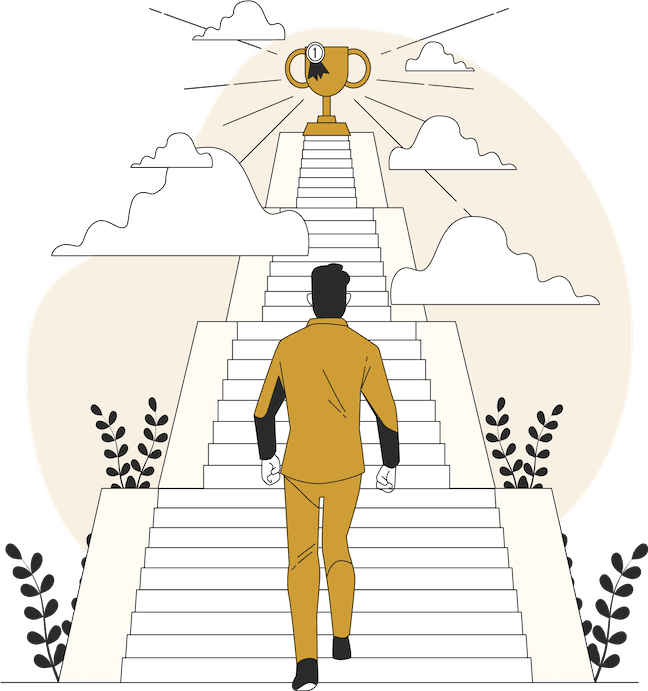A Mobile App Development Company
We are a mobile and web app development company based out of Bangalore, providing top class application development services to businesses worldwide.


Our Mission And Vision
APPiLY Technology is an IT services company based in Bangalore, India. We provide Mobile Application development, Web Application development and Cloud services to our clients.
Mission
Our mission is to empower startups and businesses by delivering cutting-edge technology solutions and enabling them to focus on their core business goals. We are dedicated to helping our clients use technology effectively to drive growth and business success with minimal effort.
Vision
Our vision is to revolutionise the business world by creating platforms and automated systems that make advanced technology effortlessly accessible and efficient for businesses of all sizes, fostering an environment where technology is not just a tool, but a driver of seamless innovation, productivity, and growth.
Our Core Values
Our core values define what we are and guide us in every action of our company.
Technical Excellence
Striving to be the technical experts in the domain, through continuous learning, cross-training and focus on innovation and latest trends.
Customer success
Measuring true meaning of our success from our customer success. Committing to deliver success to the customer, irrespective of the challenges.
Integrity & Honesty
Understanding the true value of a company is how honestly it conducts its business and maintaining integrity at all times.
Our Esteemed Clients

CloutHub Inc.
Clouthub is a US based company, with the mission to provide a social media platform that truly represents the voice of the people. Developed from the ground up, this platform provides features such as a public forum, newsroom, video sharing, messenger, content channels, and groups. It currently has more than 200,000 users worldwide.

Merittrac
Merittac is a subsidiary of the Mainpal Education Group. A pioneer in testing and assessment business, Merittrac has been supporting Government Departments, PSUs and Corporates, in recruiting personnel from across the country for over a decade.

Cardalyze Inc
Cardalyze Inc is a US based company focused on providing outstanding customer experiences, through innovation, digital transformation and analytics.
Lavelle Networks
Lavelle Networks is one of the leading providers of Enterprise Networks in India. Every 3 out of 5 Enterprise Networks in India runs on Lavelle Networks SD-WAN Solutions.

ADBlinds
Adorn Decor is one of the largest manufacturer of window decoration fabrics and mechanisms in India. Headquartered at Bangalore, AD have a widespread network across the country with more than 800 dealer associates.

Play Solar
PlaySolar is a Bangalore (India) based solar solutions company. It provides an integrated solution which combines solar power and IoT (Internet of Things) in a seamless platform using one touch play.
Our Clients Love Us
Our Partnerships
Explore our professional alliances with leading industry platforms, showcasing our commitment to deliver exceptional app development services.
Ready To Start A Project With Us?
Submit your requirements and we will get back to you immediately.
Enter Your Name
Enter Your Email
Enter Your Phone Number
Briefly Describe Your Requirement
You Might Be Interested

APPiLY Info
Our Six Step App Development Process
Explore our efficient 6-step app development process—ideation, planning, development, testing, launch, and support—consistently delivering superior-quality apps

APPiLY Info
Our Mobile App Technology Stack
Explore our proven app development tech stack—React Native, React, NodeJS, MongoDB, and AWS—that delivers modern apps with enhanced flexibility and reusability.

Insights
Mobile App Development Cost In India
Estimate mobile app development costs in India, with ease. Get detailed insights into factors affecting pricing and how to budget for your project effectively.



